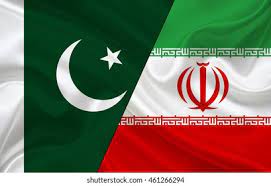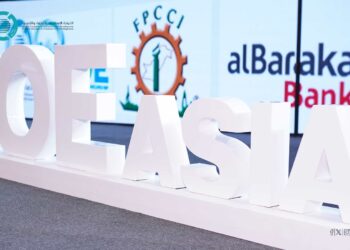Islamabad: The country’s economy recorded a 1.7 percent growth in the second quarter of the current fiscal year, primarily driven by the livestock and services sectors. However, significant challenges persisted due to high interest rates, limited industrial expansion, and a sluggish agricultural sector.
The decline in sugar production by 12.6 percent raised concerns about a possible shortage by the end of the year. Moreover, the contraction of major crops, the industrial sector’s struggles, and an unfavorable economic environment have dampened growth expectations.
National Accounts Committee Meeting and Growth Projections
The 112th meeting of the National Accounts Committee (NAC), which evaluates key economic indicators such as GDP growth, investment rates, and savings, was held on Wednesday. The meeting, chaired by Secretary Planning and Development Owais Manzoor Samra, approved the GDP growth rate of 1.73 percent for the October-December quarter.
Comparing year-on-year growth, the second-quarter expansion is slightly lower than the 1.8 percent growth recorded in the same period last year. The NAC also revised the first-quarter growth rate from 0.9 percent to 1.34 percent, bringing the average growth rate for the first half of the fiscal year to 1.5 percent—a rate still far below the country’s population growth rate.
The government initially targeted an economic growth rate of 1.34 percent for the fiscal year 2024-25, but the latest data suggests that achieving this target is unlikely.
Challenges in Industrial and Agricultural Sectors
Despite ambitious goals, several hurdles have impeded economic expansion. Heavy taxation policies and skyrocketing electricity prices have contributed to an economic slowdown. The government imposed record-high taxes of Rs 1.4 trillion, while a 51 percent electricity price hike in July stifled industrial growth.
The agricultural sector, a backbone of Pakistan’s economy, recorded only 1.1 percent growth in the second quarter—far lower than the 5.8 percent growth recorded in the same period last year. NAC data highlighted a 7.7 percent decline in major crop production, with severe drops in cotton (31 percent), rice (1.4 percent), corn (15.4 percent), and sugarcane (2.3 percent). Cotton ginning output also fell by 20 percent.
Conversely, livestock production saw a 6.5 percent increase, providing some relief. However, forestry showed a declining trend, while the fisheries sector experienced minor growth of 0.8 percent.
Industrial Sector Contraction and Production Decline
The industrial sector remained weak, recording a 0.2 percent contraction. The mining industry shrank by 3.3 percent, while large-scale manufacturing growth declined by 2.9 percent.
Key industries suffered significant setbacks:
- Sugar production declined by 12.6 percent
- Cement production dropped by 1.8 percent
- Iron and steel production plunged by 18 percent
Despite the electricity, gas, and water industries growing by 7.7 percent, largely due to government subsidies, the construction sector contracted by 7.2 percent.
Services Sector Growth and Positive Developments
The services sector, which accounts for a major portion of Pakistan’s GDP, showed some positive trends, recording a 2.6 percent growth rate in the second quarter. The information and communication services sector stood out with an 8.5 percent increase, indicating growing reliance on digital technology and telecommunications.
High Interest Rates and Economic Outlook
One of the biggest obstacles to economic growth is the high interest rate environment. While a reduction in interest rates could stimulate the industrial sector, the State Bank of Pakistan (SBP) has opted to maintain high rates, sending negative signals to investors. Analysts believe that a 10 percent cut in interest rates, aligned with inflation trends, could significantly boost economic activity.
Future Economic Projections and Policy Recommendations
To achieve higher economic growth, experts emphasize the need for:
- Monetary policy adjustments, including lower interest rates
- Reducing tax burdens on industries and consumers
- Addressing energy price hikes to ensure industrial competitiveness
- Revamping agricultural policies to boost crop production
- Encouraging investment in digital infrastructure and services sectors
While the second quarter’s 1.7 percent growth reflects resilience in certain sectors, achieving sustainable economic recovery requires comprehensive policy changes and proactive government measures to address structural inefficiencies and revive industrial and agricultural output.

























